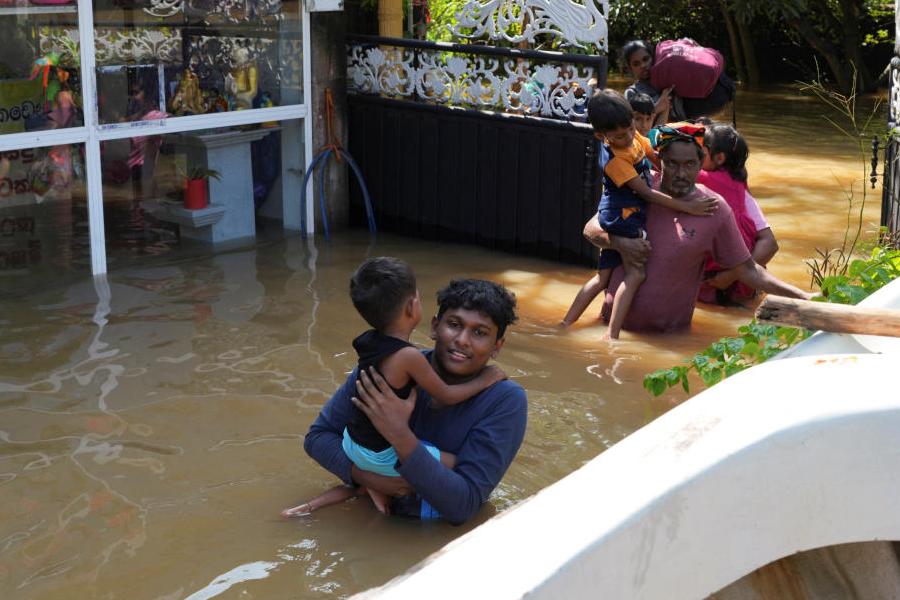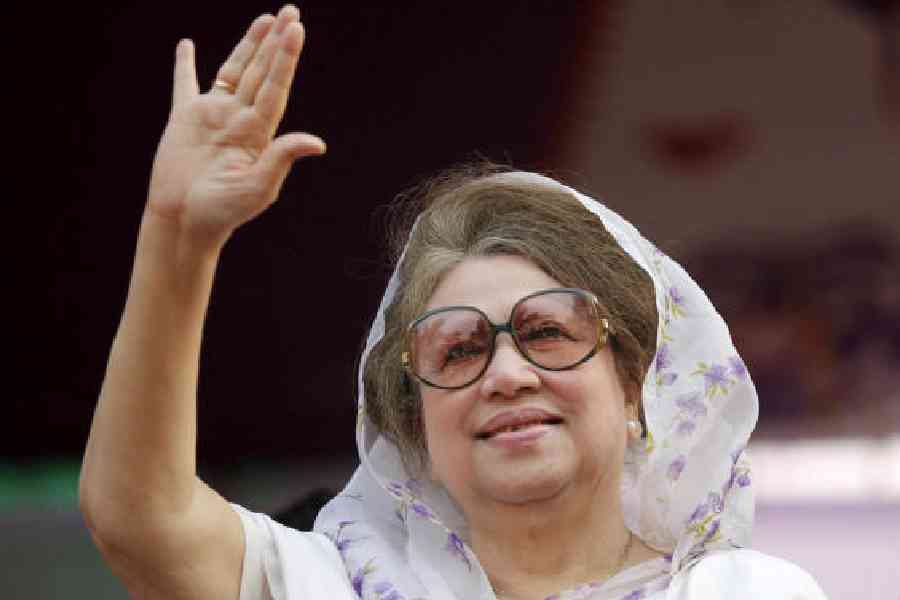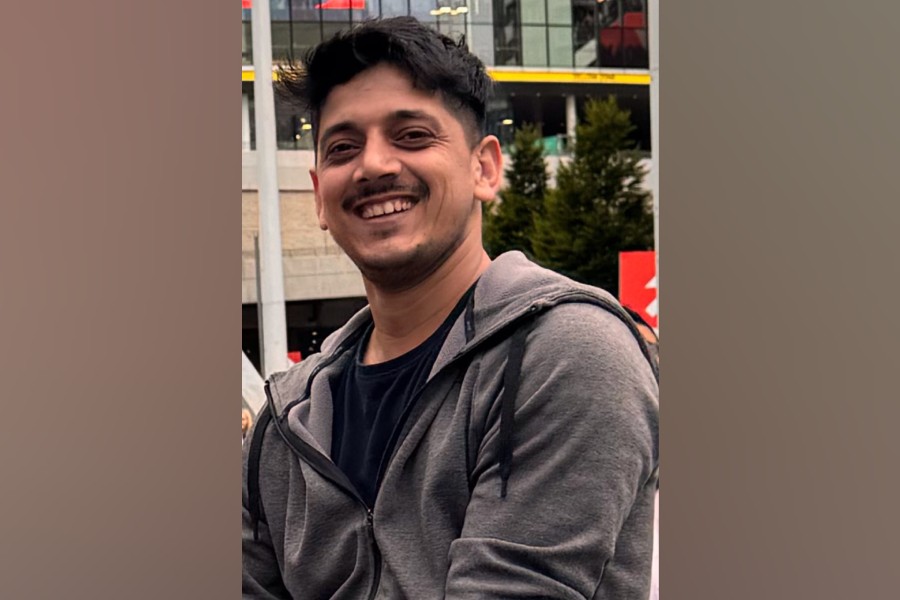Two questions were hanging heavy on many Indians’ minds after the Prime Minister’s speech: why 21 days and will it be enough?
The 21-day nationwide lockdown announced by Narendra Modi is a gamble to stop the exponential growth of patients infected by the novel coronavirus and allow the microbe to emerge slower in a better-prepared country, experts said.
Senior epidemiologists and virologists said the choice of 21 days would have been influenced by a cost-benefit analysis that compared how best to curb the spread of the virus with possible collateral costs — on the economy and on people’s lives — of shutting down the country.
Modi announced the lockdown on a day India’s cumulative count of coronavirus patients climbed to 519, including 10 deaths, and amid concerns that without strong interventions, the number could rise to hundreds of thousands of patients within three months.
The coronavirus has an incubation period of up to 14 days. On average, most persons develop the symptoms within seven days of incubation.
So, in the current lockdown, by the 14th day (April 7), most of the Covid-19-afflicted patients would become apparent. If the lockdown is rigorously observed, only household members of every infected person would be at risk and many of them would start showing the symptoms within the seventh day or the last day (April 14 midnight) of the 21-day lockdown.
“This is a necessary step, but could be very hard on the poor. I also worry about people going out to buy in panic. Crowding would be a great opportunity for the virus,” said Shahid Jameel, a senior virologist and the head of the Wellcome Trust/India-DBT Alliance, a research-funding agency supported by a UK trust and the Indian government.
The lockdown’s objective is to minimise the spread of the virus over the next 21 days, while health authorities continue to detect and isolate as many patients as they can.
Along with the 519 confirmed cases, the country has an unknown number of persons also infected, some of whom will develop symptoms within their 14-day incubation periods. If they stay home, they can at most infect only their household contacts some of whom may also develop symptoms.
Ideally, if all currently infected persons and their infected contacts are detected and isolated, there would be no more transmission, without any fresh influx of virus from abroad.
But experts assert that the 21-day lockdown is unlikely to completely extinguish the virus.
“What we’re doing is buying precious time through good old-fashioned isolation and quarantine,” said Gagandeep Kang, a medical virologist and director of the Translational Health Science and Technology Institute, Faridabad (Haryana).
“The goal is to allow most of the virus to burn itself out — not completely, but most of it,” said Tarun Bhatnagar, a senior scientist at the National Institute of Epidemiology, Chennai. “The virus burnout will depend on how strict the social distancing is adopted at the community and household level.”
While new patients will emerge over the next three weeks, the lockdown is expected to lower the numbers from what they would have been under less stringent social distancing measures.
The three weeks and a slower emergence of the virus afterwards would, Kang said, allow India to further enhance its preparedness to manage patients — through more testing centres and critical care beds and ventilators.
Virologists say the virus is likely to persist even in the weeks after the lockdown that would require people to continue to adopt hand hygiene and respiratory etiquette to protect themselves from the infection. But a slower trickle of patients would then be easier to manage by the health system.
Eighty per cent of coronavirus patients experience only mild symptoms, and only around five per cent require hospitalisation.











